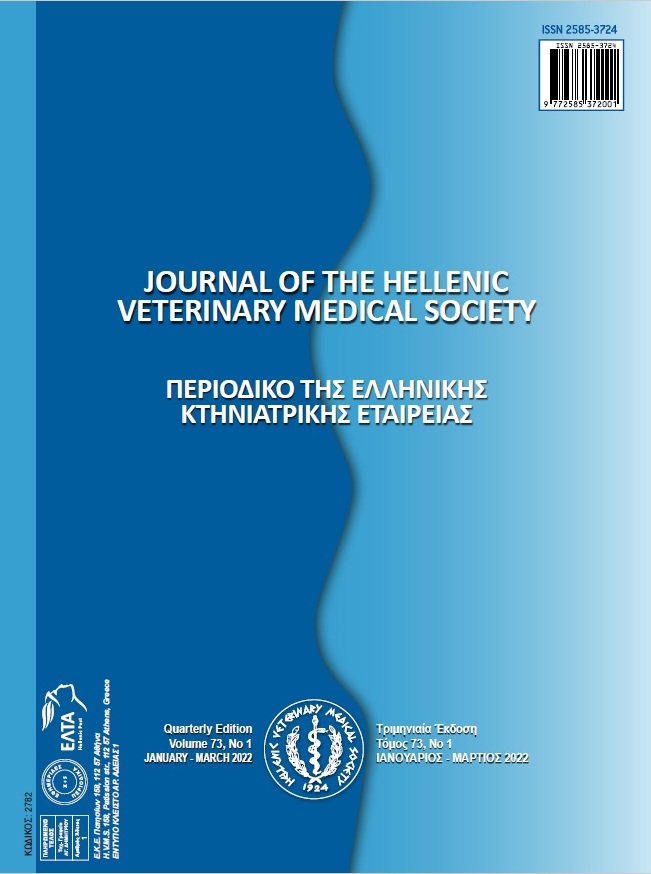Mycotoxins occurrence in food commodities, their associated hazards and control strategies
Περίληψη
Globally, the food is contaminated by various means but microorganisms are predominant factor in contaminating the food and agriculture commodities. Among microorganisms, fungi are mainly involved in the spoilage of food due to their diversified nature and minimal requirement for growth. The toxigenic fungi associated with mycotoxins, can grow during any stage of food chain including harvesting, handling, distribution and storage. Mycotoxins are fungal secondary metabolites and their production is influenced by various factors such as environmental conditions, crop type and storage conditions. Mycotoxins in agriculture commodities expose serious health hazards. This review entails different types of mycotoxins involved in the spoilage of food and agriculture commodities, their potential health hazard, maximum allowable limits of mycotoxins in different food commodities and possible control strategies. In developing countries, regulatory authorities need to establish quality control strategies and limits of mycotoxins in food, in order to ensure the consumer safety.
Λεπτομέρειες άρθρου
- Πώς να δημιουργήσετε Αναφορές
-
Akbar, A., MAJEED, F. A., Sadiq, M. B., Khan, S. A., & Rabaan, A. A. (2022). Mycotoxins occurrence in food commodities, their associated hazards and control strategies. Περιοδικό της Ελληνικής Κτηνιατρικής Εταιρείας, 73(1), 3853–3866. https://doi.org/10.12681/jhvms.26023
- Τεύχος
- Τόμ. 73 Αρ. 1 (2022)
- Ενότητα
- Review Articles

Αυτή η εργασία είναι αδειοδοτημένη υπό το CC Αναφορά Δημιουργού – Μη Εμπορική Χρήση 4.0.
Οι συγγραφείς των άρθρων που δημοσιεύονται στο περιοδικό διατηρούν τα δικαιώματα πνευματικής ιδιοκτησίας επί των άρθρων τους, δίνοντας στο περιοδικό το δικαίωμα της πρώτης δημοσίευσης.
Άρθρα που δημοσιεύονται στο περιοδικό διατίθενται με άδεια Creative Commons 4.0 Non Commercial και σύμφωνα με την άδεια μπορούν να χρησιμοποιούνται ελεύθερα, με αναφορά στο/στη συγγραφέα και στην πρώτη δημοσίευση για μη κερδοσκοπικούς σκοπούς.
Οι συγγραφείς μπορούν να καταθέσουν το άρθρο σε ιδρυματικό ή άλλο αποθετήριο ή/και να το δημοσιεύσουν σε άλλη έκδοση, με υποχρεωτική την αναφορά πρώτης δημοσίευσης στο J Hellenic Vet Med Soc
Οι συγγραφείς ενθαρρύνονται να καταθέσουν σε αποθετήριο ή να δημοσιεύσουν την εργασία τους στο διαδίκτυο πριν ή κατά τη διαδικασία υποβολής και αξιολόγησής της.



